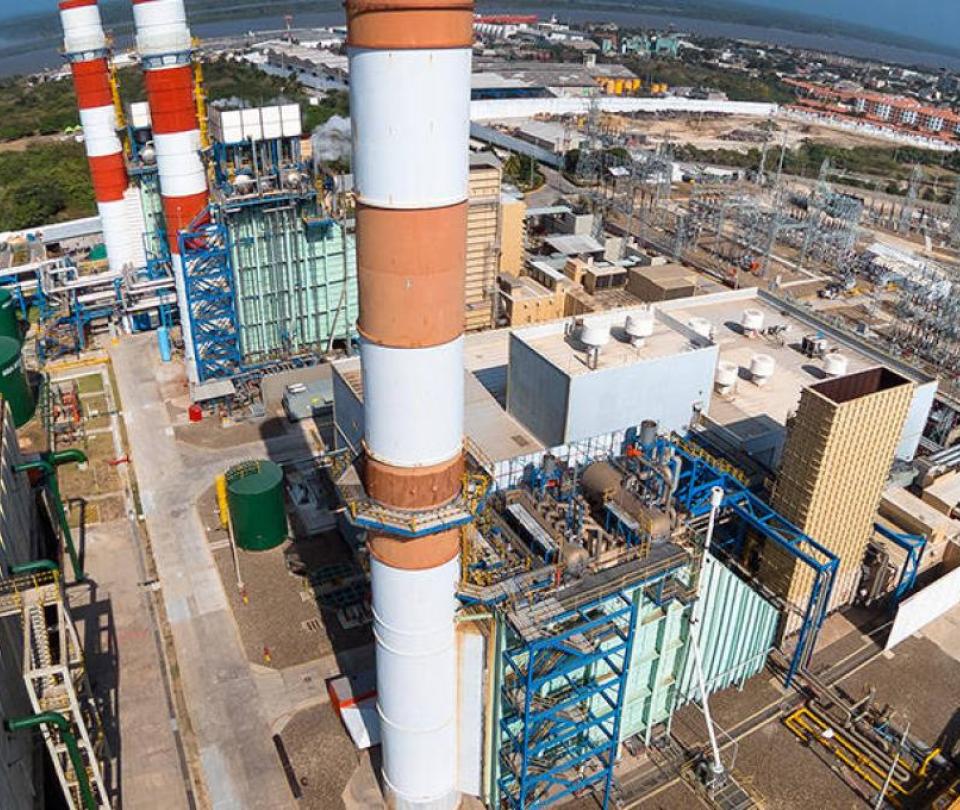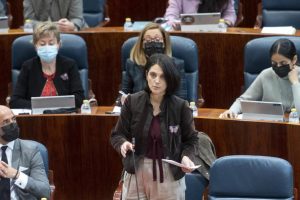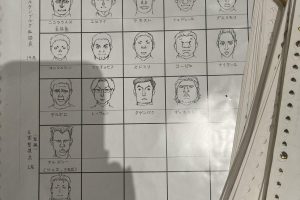The Minister of Mines and Energy, Irene Vélez, has said that the Government is studying whether to advance with new energy auctions or seek “other mechanisms”. He has also pointed out that as long as delayed renewable energy projects are not unlocked, such as those that have not been able to connect through the Collector Line.
(Hidroituango is in the testing phase of two turbines).
However, Alejandro Castañeda, director of Andeg, stated that from 2024 onwards there is a deficit in the energy balance that should be covered by promoting a new auction. “The system is already very tight, there is no problem for another year and a half, when we are seeing a significant firm energy deficit it is for 2025 and 2026,” Castañeda said.
Although Hidroituango would enter full capacity in the next few years and then La Colectora would be connected between 2024 and 2025, in a high consumption scenario (as shown in the graph) there would already be problems to cover demand, since the deficit would be 8 %. However, in the period 2023 – 2024 an imbalance of 1% is seen (Enficc – PyDem 22 in the graph). This is the one that could be covered.
The expert points out that although the entry of Hidroituango would generate a respite for the system, it is still not enough to fully respond, so the risk of a blackout could occur on that date.
(Microcredit increased 30% participation of companies in the field).
He explained that the last government left in consultation a resolution for the reliability charge auction that after going through comments entered the study phase. “Now we are waiting for them to make the decision to call the auction,” said Castañeda.
In the projection of the Mining and Energy Planning Unit carried out in July of this year, there is evidence of an increase in the demand expectation that already warns of this difficulty.
Taking into account that the government proposes an acceleration in the energy transition that would also be related to a greater electrification of consumption, the needs of the auction increase.
Andeg’s leader assures that the allocation required for the next few years is between 1,500 and 2,000 megawatts.
However, two issues are added to these concerns of the sector: the tax reform and the high prices of energy to produce thermal energy.
Regarding the first point, Castañeda explains that one of their biggest concerns is related to the free zone regime that some generation plants have (such as Termocandelaria, Gecelca 3 and 2, among others). According to the leader, “companies made investment and expansion decisions based on a rule that existed and that they want to eliminate,” he said. He explained that this allowed them to reduce their income and additionally some of the equipment did not have to be nationalized, which meant that the investments had significant savings. Now an internationalization plan is proposed, however, the country does not export energy in the amount necessary to maintain this regime.
In this regard, the Minister of Finance, José Antonio Ocampo, pointed out that adjustments are being analyzed in the proposal to exclude some industries.
Another point that Castañeda highlights as complex for thermal generators is that generation costs have risen. As evidenced in the graph, in recent months, the price of generation of a kilowatt for all technologies has had significant increases. For example, the price of a ton of coal has increased from $160,000 a ton to over $700,000. He pointed out that although a part of the gas consumption is national, another part, which is imported, is seeing the effects of the rise in the dollar.
Daniela Morales Soler
BRIEFCASE















